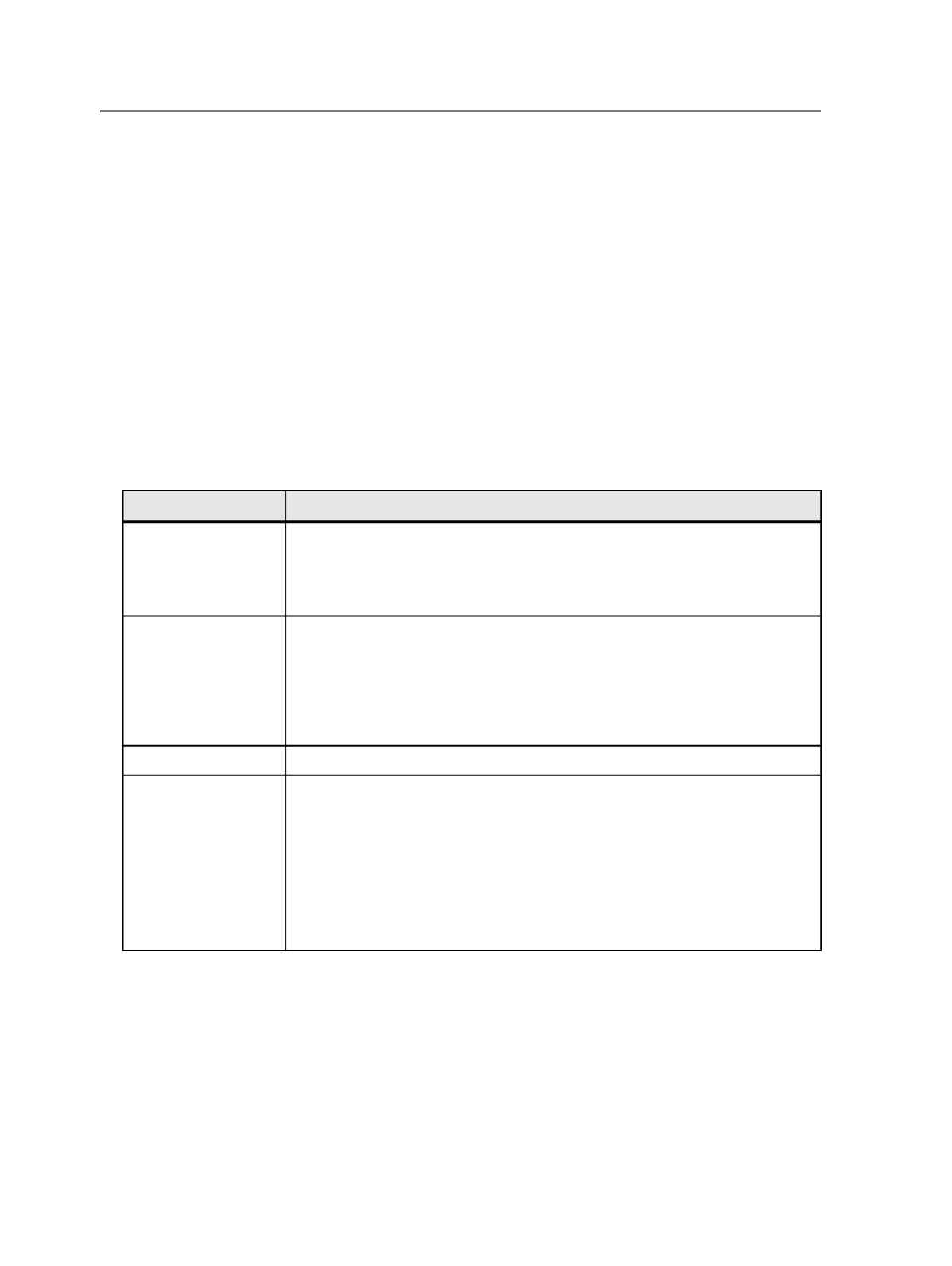
If you convert spot colors to process color, the Color Combiner can
simulate the hue of spot colors in a proof-including traps, knockouts,
and overprints-using the standard four process colors.
When to preserve or reduce spot colors in a proof
Preserve spot colors in proofs if you want to see the spot colors in the
proof and the printer supports the spot colors.
Reduce spot colors in proofs in these situations:
●
The proofer supports only process color.
Most proofers handle
only process color. When generating a proof on these proofers,
convert all spot colors to process color.
●
The spot color requires special handling.
Certain spot colors can be
challenging to proof. Here are a few special spot colors and how to
handle them:
With This Spot Color Handle It This Way
Metallic and other
colors that are hard to
convert to process
color
Omit the spot color or output it separately.
For example, if the proofer uses donor sheets, omit the spot color when you
generate donors for the process colors and then generate the metallic spot color
as a separate donor sheet.
Varnish
Output the spot color separately as an overlay.
This is useful because varnish spot colors usually have an arbitrary color value,
such as 2 percent magenta, that makes the varnish visible in the job files. If you
leave the spot color in the proof, it may cover objects that you want to check. If
you convert the spot color to process color, its color value changes the value of the
process color.
Die line
Omit the die spot color from the proof.
White background on
clear plastic
Omit the white spot color or output it separately.
For example, with a proofer that uses donor sheets, use a white or yellow donor to
make a separate separation that is not laminated together with the process colors.
This is useful because the white spot color usually has an arbitrary color value,
such as 10 percent magenta, that makes the spot color visible in the job files. If you
leave the spot color in the proof, it may cover objects that you want to check. If
you convert the spot color to process color, its color value changes the value of the
process color.
●
Spot colors were introduced in marks.
If the marks (for example,
the color bar) from the imposition plan contain spot colors that you
do not want in the proof, do not output the spot colors.
●
You use a late-binding workflow.
Some printers prefer to preserve
color information as long as possible. This means that they delay
color conversion and color reduction until the proofing or final
output stages. This is called a late-binding workflow because the job
files are not tied to a specific output device until necessary.
Caution
: It is better to reduce spot colors during refine—not during
proofing and final output—because it ensures consistency between
810
Chapter 14—Color


